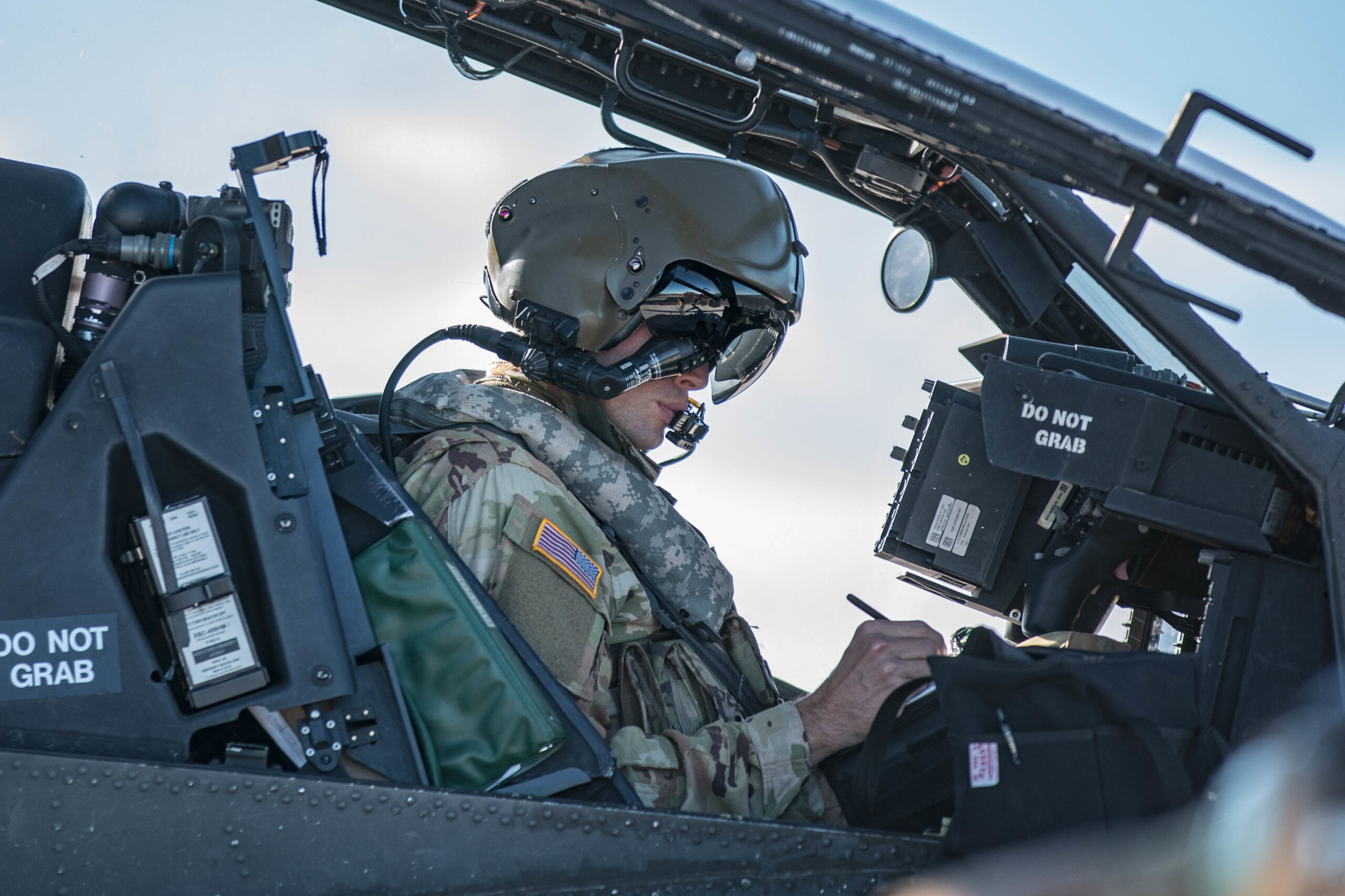

After 12 crashes and 10 deaths in the past six months, the Army has ordered its aviation units to undergo mandatory safety training that will “reinforce” pilot skills like spatial awareness and power management, service officials told reporters on Wednesday.
Crashes involving Army and Army National Guard aircraft have killed nine soldiers and one Border Patrol agent since last fall. The Army has not said what caused any of those crashes as investigations continue, but the Army’s top commander of aviation units said Wednesday that fundamental pilot skills will be an emphasis of the safety review.
“We must reinforce how to revert back to knowing where you are and where your aircraft is with respect to the ground,” said Maj. Gen. Walter T. Rugen, director of Army aviation. “We are working very hard on effective power management across a host of flight altitudes, higher temperatures and wind conditions.”
Class A aviation mishaps, which involve the loss of life or damage of at least $2.5 million, have risen sharply since October: Eleven helicopters and one C-12 fixed-wing aircraft have crashed in the past six months, said Brig. Gen. Jon Byrom, commanding general of the U.S. Army Combat Readiness Center.
The Army saw just nine Army Class-A mishaps in all of Fiscal 2023, Byrom said during a media roundtable.
“Certainly, any loss of life is 100% unacceptable,”Rugen said. “And then, obviously, even when we have accidents that we lose the aircraft or severely damage the aircraft, we consider that unacceptable too.”
Subscribe to Task & Purpose today. Get the latest military news and culture in your inbox daily.
While five of the crashes remain under investigation, Army officials have determined that loss of spatial awareness and power management are trends in the recent mishaps, Rugen said. Other training will focus on risk management and which tasks aircraft maintainers need to focus on to sustain their proficiency and readiness, he said.
“Obviously, we are leaving no stone unturned,” Rugen said.
Active-duty units have 30 days and reserve component units have 60 days to complete the four to six hours of training, which includes classified sessions on crash investigations that have finished, Rugen said.
Experts from the Combat Readiness Center will also take part in the training to make sure that it permeates down to the lowest level of aviation units, Byrom said.
“We understand how to train ourselves,” Rugen said. “We understand what the standards are, and we just want to make sure everybody is aware of those standards and then they’re performing to standard.”
All aviation units will continue to fly operations while conducting this training, which is why the Army is referring to it as a “standup” rather than a “stand down,” Rugen said.
Army leaders decided that having aviation units undergo specific, focused training would be a better response to the increase in crashes than temporarily grounding aircraft, he said.
“We have ongoing operations that are critical that we complete,” Rugen said. “Commanders have asked for flexibility. And so, when you look at the National Guard, they’re just coming out of a stand down, we didn’t want to just keep standing down. We wanted, again, to have some action associated with it to reverse the trend.”
The latest on Task & Purpose
- Former Army base warns of grenades on local trails
- ‘Black Hawk Down’ Ranger veteran awarded Silver Star
- The Air Force’s new $60 million Special Warfare center honors a fallen pararescueman
- Former Air National Guardsman may have defected to Russia
- Marine battalion commander fired for “loss of trust and confidence”